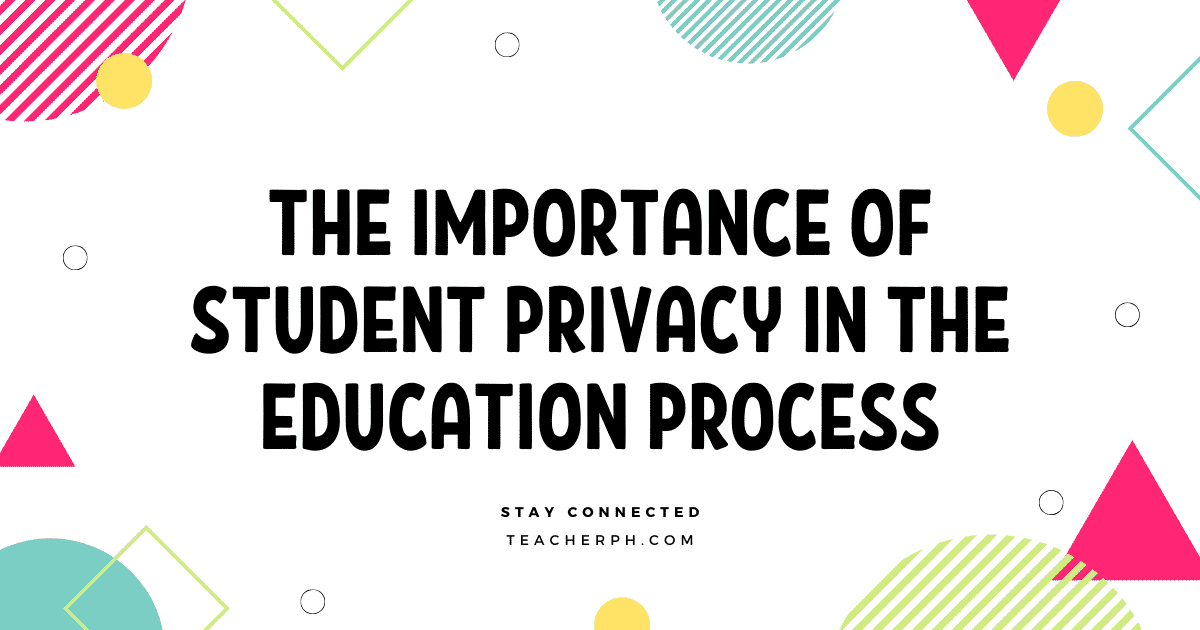Safeguarding Student Privacy: Best Practices for Teachers to Protect Sensitive Student Data
As teachers, we work with sensitive student data every day, such as grades, attendance records, and personal information. It’s essential that we understand the gravity of the responsibility we have in safeguarding this data from unauthorized access and use. A data breach can have severe consequences for our students, including identity theft and financial fraud. As such, we need to be proactive in following best practices for protecting student data. This involves implementing strong password practices, regularly updating our security software, and being vigilant when it comes to phishing scams and other online threats. By taking the necessary precautions to protect student data, we can not only fulfill our legal and ethical obligations, but also establish a culture of trust and confidence with our students, their families, and the wider community.

Understand what data you are collecting and why
When it comes to collecting student data, it’s crucial to have a clear understanding of what data we’re collecting and why. We should only collect data that is necessary for educational purposes and ensure that it is stored securely. By doing so, we can minimize the risks associated with data breaches and safeguard our students’ privacy. To help with this, we can consider using a data inventory to keep track of what data we have and where it is stored. This can also help us identify any unnecessary data we may be collecting and take steps to remove it. By being mindful of the data we collect and how we store it, we can ensure that we are meeting our ethical and legal obligations as educators and maintaining the trust and confidence of our students, their families, and the wider community.
Securely store and transmit data
When it comes to storing and transmitting sensitive student data, it’s critical to take all necessary measures to ensure that the data is kept safe and secure. One of the most important things we can do is use password-protected files and folders, encrypted email services, and secure online platforms for storage and transmission. By doing so, we can significantly reduce the risk of data breaches and unauthorized access to our students’ private information. We should also ensure that any physical records are stored in a locked cabinet or room where only authorized personnel can access them. It’s important to remember that sensitive student data is highly valuable and attractive to cybercriminals, who can use it for identity theft and other fraudulent activities. By taking proactive steps to secure our data, we not only protect our students’ privacy and well-being but also establish a culture of trust and confidence with our stakeholders.
Limit access to data
Limiting access to sensitive student data is another crucial step in protecting our students’ privacy and ensuring that data is used only for educational purposes. We should only grant access to individuals who need the data to carry out their job responsibilities. To further enhance security, we can use strong passwords and two-factor authentication to control access to data. It’s also important to ensure that all staff members receive training on data protection and privacy policies, so they understand the importance of protecting student data and are equipped with the knowledge and skills needed to do so effectively. By doing this, we create a culture where data privacy is taken seriously, and staff members are aware of their responsibilities when it comes to handling sensitive information. Ultimately, our goal as educators should be to create an environment where students feel safe and secure, both physically and online. By following best practices for data protection and privacy, we can build trust with our students, their families, and the wider community and demonstrate our commitment to keeping their sensitive data safe.
Dispose of data securely
When disposing of sensitive student data, ensure that it is done securely. Shred physical records and delete electronic records using software designed for data destruction.
Stay up to date on data protection laws and regulations
Educational institutions must comply with data protection laws and regulations, such as the Family Educational Rights and Privacy Act (FERPA) and the Children’s Online Privacy Protection Act (COPPA). Stay up to date on these regulations and ensure that your institution complies.
In conclusion, protecting sensitive student data is essential for educational institutions. By understanding what data, you are collecting, securely storing and transmitting data, limiting access to data, disposing of data securely, and staying up to date on data protection laws and regulations, you can protect sensitive student data from unauthorized access and use. By following these best practices, you can create a safer and more secure educational environment for your students.
Image Source : TeacherPH







